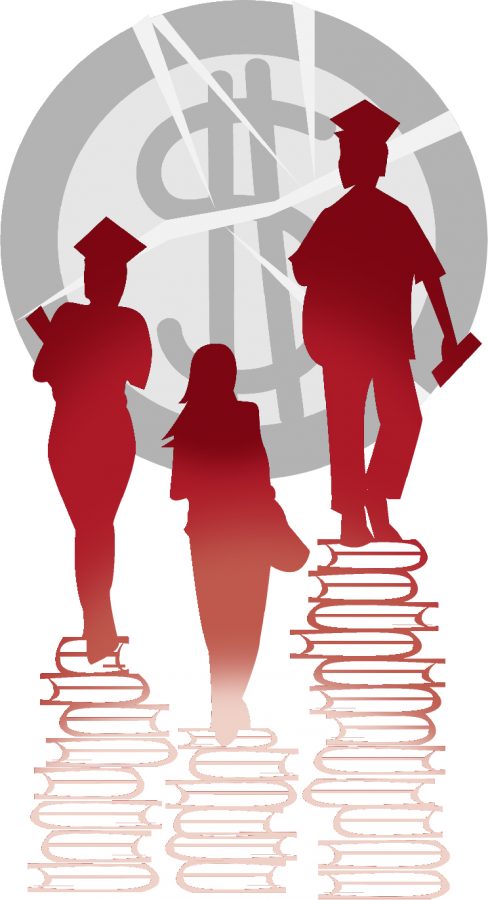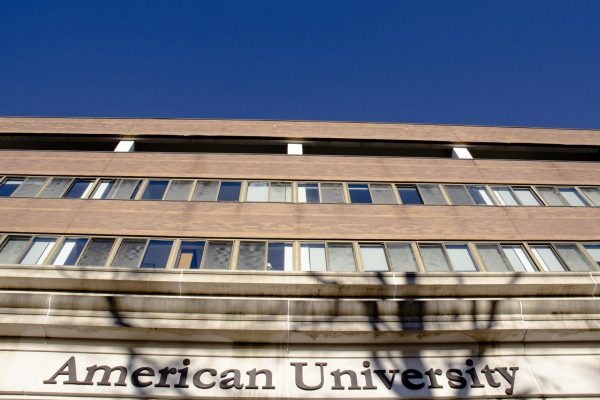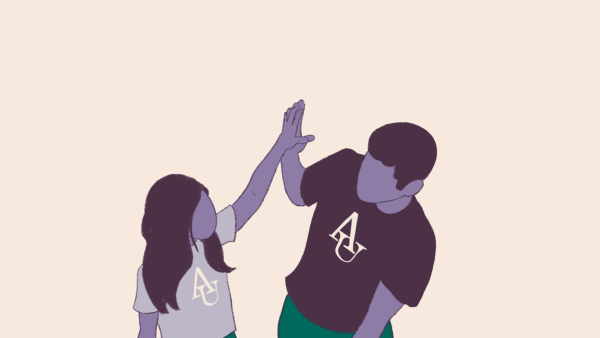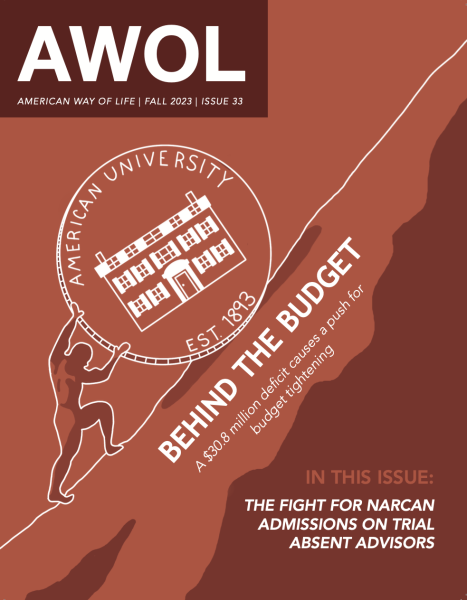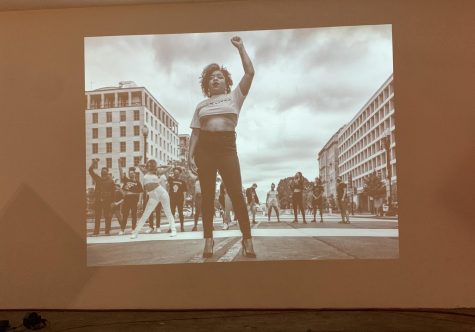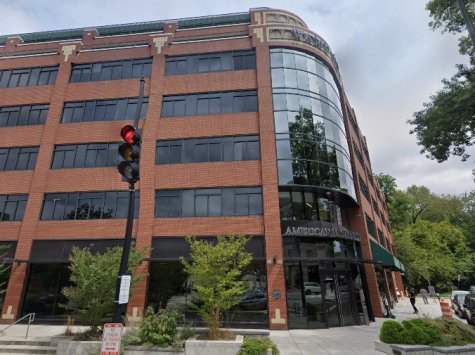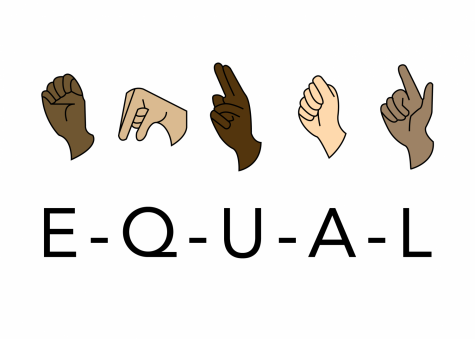American University: The student wealth gap
In recent years, private universities are increasing their enrollment of low-income students. There are also more students of color on private campuses. And yet, the circumstances for low-income students have worsened. These students now face additional challenges.
The American Enterprise Institute reported that the past two decades have shown us a steady increase from 15 percent to nearly 25 percent enrollment rates for low-income students pursuing a bachelor’s degree at 200 of America’s most selective universities.
However, higher enrollment rates do not erase the struggles faced by many low-income students.
Ammarah Rehman, a current senior at American University, said, “When I first got here, I never grew up with people with this sort of wealth. A lot of people have a privilege to say they are a student first and put their academics first, but I don’t have that privilege.”
Kati Haycock, president of the Education Trust, said in a press release, “Too many flagship institutions are literally turning their backs on academically qualified low-income and minority students in favor of the children of the elite.”
Many low-income minority students interviewed feel as though they do not receive the necessary help and support to succeed at elite institutions.
Samah Mohamed, a recent graduate of American University, said, “I’m a first generation college student… and both my parents didn’t go to college. I am Muslim, I am practicing, I am black, I am Sudanese and African-American… I always felt like I wasn’t American enough or qualified to be the American ideal.”
Still, Mohamed was driven to continue her education at American University, and acknowledges the many expectations for her to be “perfect.”
AEI also reports that the annual net tuition increase for low-income students has been only $1,358 compared to the $8,162 increase for high-income students. While there is a $7,000 difference in annual net tuition between lower and higher income students, data surrounding information on low-income students is often incomplete, skewed, and does not reflect diverse experiences of all low-income students, according to the Brookings Institution.
Although wealthy private universities are increasing their enrollment of students in this demographic group, PBS found that many low-income students who are able to enroll in wealthy private universities graduate at far lower rates than their wealthy peers.
A study published by the Georgetown University’s Center on Education and the Workforce found that 57 percent of low-income students who also work do not earn any credentials within six years.
Rehman expressed how, as a low-income student, she has faced difficulty with financial aid at university.
“The tuition increased almost $2,000 this year. I was billed the same amount freshman year living on campus as I am billed now,” said Rehman.
Rehman has foregone a meal plan and has moved off campus to stave off costs of living in D.C. and attending American University. She emailed the Office of Financial Aid asking if there were additional resources in the form of grants to counter this increase.“They were unhelpful,” she said.
Although Rehman says the service she receives from the Financial Aid Office is acceptable, they are unable to help her and students like her to combat tuition increase.
The Office of Financial Aid does not have any current concrete initiatives to help low-income students afford university tuition increases, but they do offer financial support through different grant programs.
An Institute for Higher Education Policy report states that academically-based aid is shifting away from students with the greatest financial need, and colleges are using institutional aid to compete for middle and upper-income students instead.
Most low-income students who also identify as minorities face additional obstacles when they must work against the inequalities they face as minorities.
Rehman said, “It definitely didn’t help being low-income, a woman of color, a Muslim. I felt like I was advocating for all these identities [with which they identify]”
The Coleman Report, published by the United States Department of Commerce in 1966, showcased that the academic achievement gap is wide for low-income students, but wider for low-income minority students. The achievement gap demonstrates that low-income students are less likely to be successful academically than their peers. Half a century later, the achievement gap has not narrowed considerably for low income minority students.
Students find themselves exploring their identities in college, but many face the added expectation of being model students and model representatives of the communities they identify with, despite their financial circumstances.
Opportunity Adrift, a publication of the Education Trust, revealed in 2010 that private institutions take great pride in marketing initiatives that aim to foster access and success for these students. It revealed that representation of minority students entering classes increased slightly, but low-income student of color representation has relatively declined.
Graduation rates are even more telling of unequal opportunity for low-income minority students.
The Brookings Institute report said that for all students enrolled in four-year colleges around the country, the graduation rate is approximately 59.6 percent in 2014. At a closer look, white students graduate above the average at 63.2 percent while black students graduate at 40.9 percent and Hispanic students graduate at 53.5 percent.
Mohamed expressed that even when she has attempted to decrease her financial burden from tuition increases, she has experienced difficulty keeping pace.
“I’ve been working since I was 17 and I worked while I was at AU. I was also a transfer student and I went to community college for my first two years in an effort to split the cost, and it still wasn’t really enough,” said Mohamed. “I actually had to take two semesters off at AU just to ask around my family and work more to make the money to come back.”
A second issue surrounding underrepresentation is miscommunication. Many low-income minority students find they cannot share their stories with school faculty or adequately take advantage of school resources. Many also face the additional obstacle of communicating to professors about possible assignment extensions or even what challenges students of this background are facing.
Rehman said she found it difficult to effectively communicate with her professors in the face of financial struggle simply because they would not understand her unique circumstances.
“A lot of the professors here come from an elitist background, and I don’t think they really even care. Even if they do care, they’re not relatable,” Rehman said. “[They] can’t even begin to understand what I’m going through. It’s almost not worth it… I have asked for extensions but I don’t go to them to talk about my life.”
However, Mohamed expressed that students may not feel comfortable asking for extensions on academic assignments.
“I was never comfortable asking for extensions ever, and I never actually asked for extensions, and I handled everything the way that I could, and it shows. There were times where I did not do well, and it’s clearly on me, but I wasn’t comfortable asking to extend a deadline,” said Mohamed.
Although school resources like health centers, gymnasiums, and wellness organizations exist, many low-income students experience difficulty finding sustainable support.
During the course of obtaining her degree, Mohamed felt she struggled particularly with utilizing campus resources that aim to support students in difficult backgrounds.
“I would have loved to speak to a therapist or counselor and actually, I did,” She said. “But it ends when the semester ends, and you essentially end.”
Tuition increases, minority affiliations, and inadequate or unsustainable support systems create uncongenial environments for many low-income students in private universities.
However, the previously mentioned Georgetown University study found that most low-income students recognize the value in a private university. They see private education as a direct investment and path to lucrative networks and careers which are paths more accessible by their wealthier counterparts.
“[American University is] private for a reason, and it’s exclusive for a reason, and costs more for a reason. I learned better, and I chose to go to this school, and it was actually the only school that had my major… I made this decision and I am paying for this decision,” said Mohamed.


